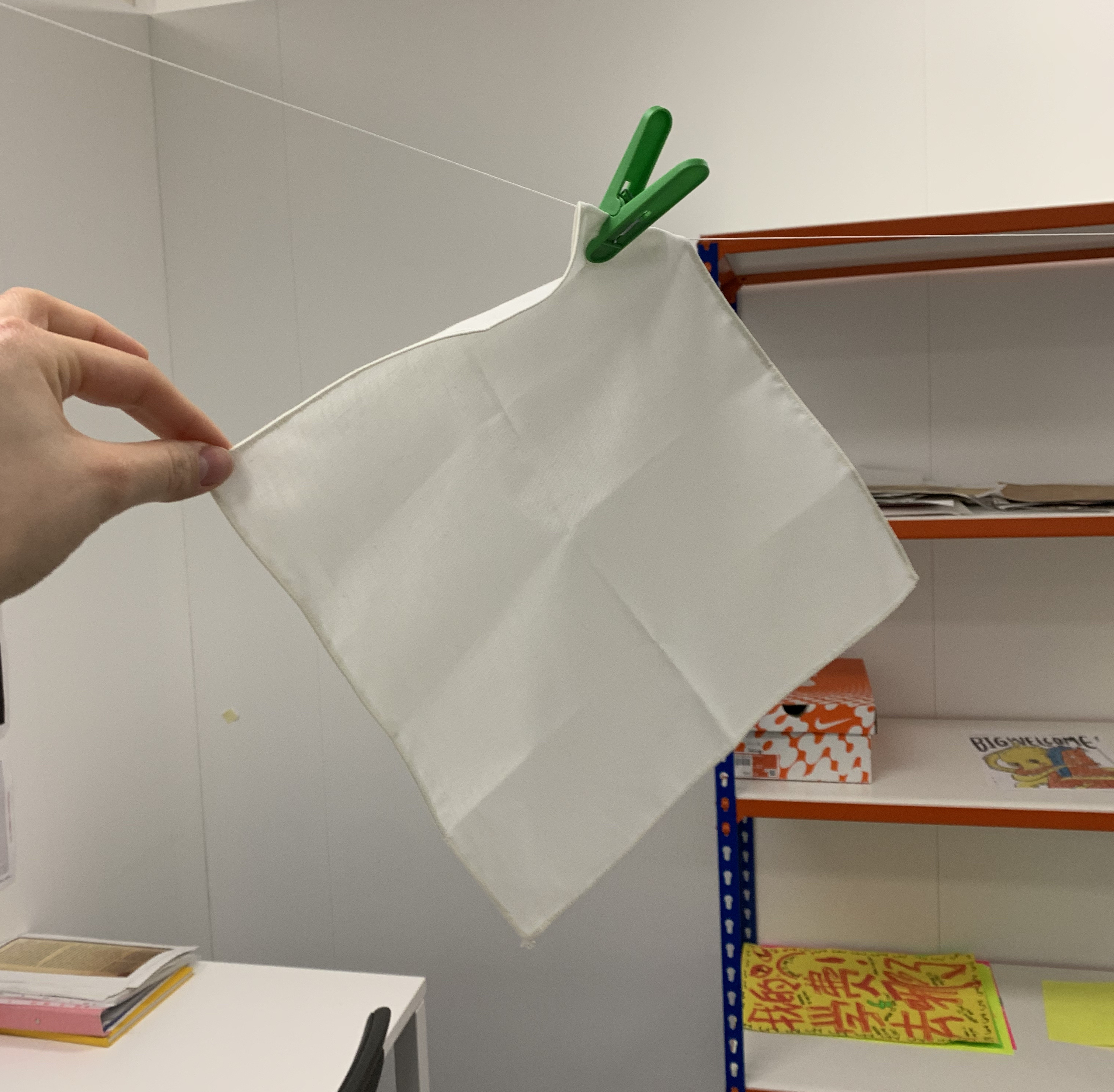How to Remember a Meal (Discussing Authenticity in the Archive and Self)
2021-2022 Royal College of Art; Archive(r) Presentation setting at Tate Britain, December (2021)
Presentation setting at Tate Britain, December (2021)
“Who do you think decides how authenticity is measured?”
Aproposal for a discussion over a meal (2021).

A reader/placemat on the the history of chocolate with prompts, activites, and questions to guide the meal conversation.
How to remember a meal is based on archival theory and its relationship to authenticity within culture. The archive as gatekeeper of authenticity of experience as metaphor for authenticity in cultural identity to be more exact.
An individual with bias decides this authenticity and in turn the value of the things in the archive.
What does that then mean in terms of what is left out of the archive?
An individual with bias decides this authenticity and in turn the value of the things in the archive.
What does that then mean in terms of what is left out of the archive?

 Example of page spreads from inside ‘The Metaphoric Meal’. (2021)
Example of page spreads from inside ‘The Metaphoric Meal’. (2021)
 A Fabric Plate; 100% cotton.
A Fabric Plate; 100% cotton.I want to use the performance of a meal to facilitate a discussion about the colonialist/imperialist tradition of authenticity within the archive.
Citing Fluxus’ performances around food as well as how the Fluxus items are archived with in the Tate. I would like to record this project by using alternate methods which do not rely on the photograph (which has been historically used as an oppressive medium to classify minorites) to record an experience. For that I have created a series of different solutions. A fabric plate to capture stains which signify the meal, a placemat reader or booklet which helps guide the conversation as people eat off it, having prompt cards which can be placed around the table.
Citing Fluxus’ performances around food as well as how the Fluxus items are archived with in the Tate. I would like to record this project by using alternate methods which do not rely on the photograph (which has been historically used as an oppressive medium to classify minorites) to record an experience. For that I have created a series of different solutions. A fabric plate to capture stains which signify the meal, a placemat reader or booklet which helps guide the conversation as people eat off it, having prompt cards which can be placed around the table.
W.I.P.
I put out a call out to recruite a group to trial a test run of the meal through instagram.
These are the posters I created in an effort to ask people to participate.
I put out a call out to recruite a group to trial a test run of the meal through instagram.
These are the posters I created in an effort to ask people to participate.
01:
![]()

02:![]()

 Notes on the nature of the relationship of chocolate to authenticity and colonialism.
Notes on the nature of the relationship of chocolate to authenticity and colonialism.The act of having autoethnographic responses to the meal as a form of documentation are deliberate. A waiter’s notepad which is given to each participant to jot down any thoughts.
Audio recording would be used to record everything before the start of the meal, the set up, cooking, etc, and the end but leaving a gap where the meal actually takes place to provide a sense of security to the participants to speak their mind.

 A list of necessary tools and note pad used for the meal itself.
A list of necessary tools and note pad used for the meal itself.  Scan of Fabric Plate and provocation card.
Scan of Fabric Plate and provocation card.Preferring instead autoethnographic notes or drawings from the event itself.
Even the staining which is left behind from the food can form a telling part of the narrative of the experience.
Even the staining which is left behind from the food can form a telling part of the narrative of the experience.
 Recipe card for meal.
Recipe card for meal. Sketchbook showing product design for special ingredients displayed at meal.
Sketchbook showing product design for special ingredients displayed at meal.